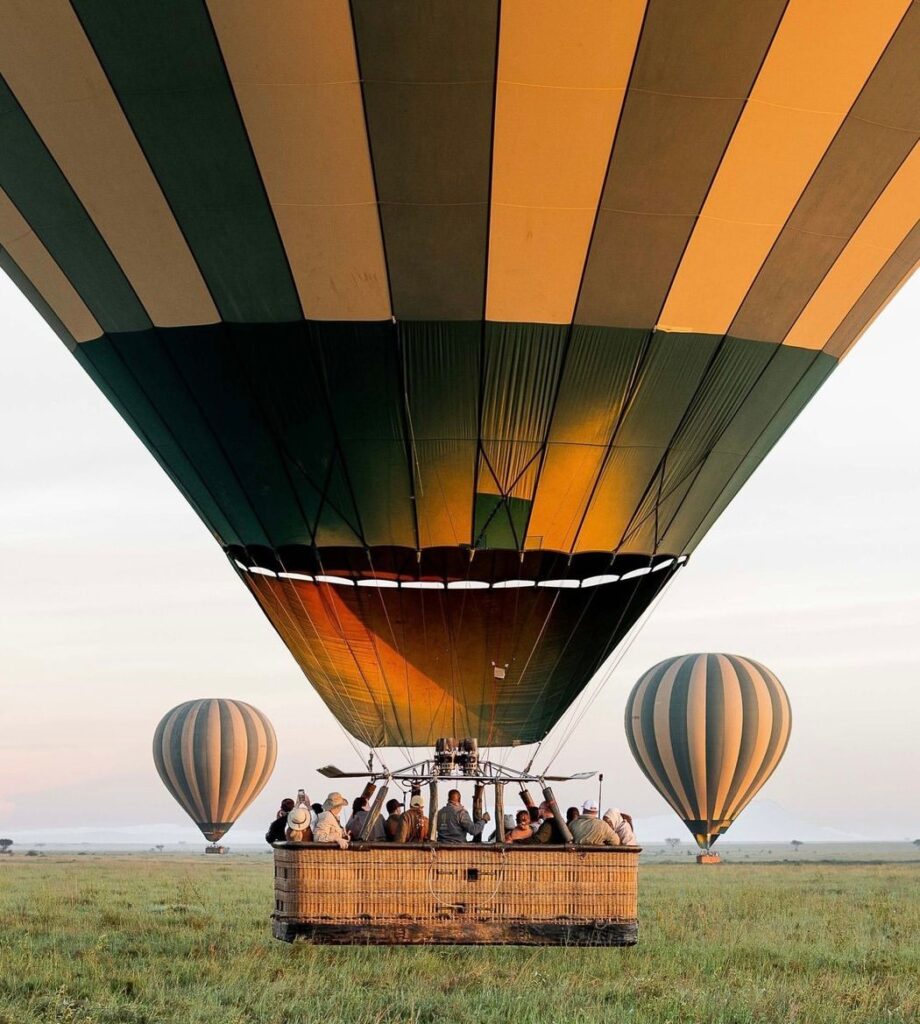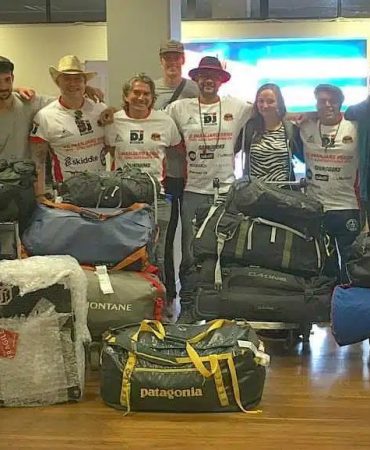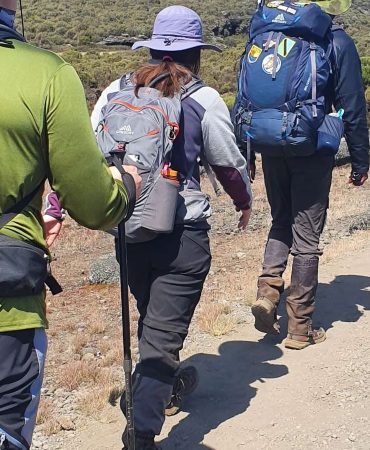


Introduction
Tanzania Country: Tanzania, a jewel of East Africa, is renowned for its spectacular landscapes, abundant wildlife, and rich cultural heritage. As one of Africa’s top safari destinations, Tanzania offers an unparalleled adventure for travelers seeking to immerse themselves in nature and experience the wild heart of Africa. This article explores ten incredible attractions that make Tanzania a must-visit for an epic East African safari.
Tanzania Country
Geographical Information
Location and Size
Tanzania is located in East Africa, bordered by Kenya and Uganda to the north, Rwanda, Burundi, and the Democratic Republic of Congo to the west, Zambia, Malawi, and Mozambique to the south, and the Indian Ocean to the east. Covering an area of approximately 945,087 square kilometers, Tanzania is the largest country in East Africa.
Climate and Best Time to Visit
Tanzania’s climate varies from tropical along the coast to temperate in the highlands. The best time to visit depends on the activities you are interested in. For wildlife safaris, the dry season from June to October is ideal, as animals congregate around water sources. The wet season, from November to May, is perfect for bird watching and witnessing the lush, green landscapes.
Major Regions and National Parks
Tanzania is divided into several regions, each offering unique attractions. The northern circuit, which includes Serengeti National Park, Ngorongoro Crater, and Mount Kilimanjaro, is the most popular for safaris. The southern circuit features parks like Selous Game Reserve and Ruaha National Park, known for their remote wilderness. The coastal region, including Zanzibar, is famous for its pristine beaches and marine activities.
Cultural Insights
Local Customs and Traditions
Tanzania is home to over 120 ethnic groups, each with its own customs and traditions. The Maasai, known for their distinctive dress and semi-nomadic lifestyle, are one of the most recognized groups. Tanzanians are generally warm and welcoming, with a strong sense of community and respect for elders.
Language and Religion
Swahili is the national language, widely spoken alongside English, which is used in business and education. Tanzania is religiously diverse, with Christianity and Islam being the predominant religions, along with indigenous beliefs practiced by various communities.
Festivals and Events
Tanzania hosts numerous festivals and cultural events throughout the year. The Zanzibar International Film Festival, held annually in Stone Town, celebrates African cinema and culture. The Wanyambo Festival in Dar es Salaam showcases traditional music, dance, and crafts from the Nyamwezi people.
Must-Visit Attractions
Serengeti National Park
The Great Migration
The Serengeti is world-famous for the Great Migration, where over a million wildebeest, along with hundreds of thousands of zebras and gazelles, move in a circular pattern between Tanzania and Kenya in search of fresh grazing. This natural spectacle, occurring from June to October, is one of the most impressive wildlife events on Earth.
Wildlife Diversity
Beyond the migration, Serengeti National Park boasts an incredible diversity of wildlife, including the Big Five (lion, leopard, elephant, buffalo, and rhino), cheetahs, hyenas, and an array of bird species. The park’s vast plains and diverse habitats make it a premier safari destination.
Mount Kilimanjaro
Trekking Routes
Mount Kilimanjaro, Africa’s highest peak at 5,895 meters, offers several trekking routes, each with unique challenges and scenic views. The Marangu Route, known as the “Coca-Cola” route, is the most popular, while the Machame Route, or “Whiskey” route, is favored for its stunning landscapes and higher success rates for reaching the summit.
Flora and Fauna
Kilimanjaro’s slopes are home to a variety of ecosystems, from lush rainforests at lower elevations to alpine deserts near the summit. Trekkers can encounter diverse flora, including giant lobelias and senecios, and fauna such as colobus monkeys and various bird species.
Ngorongoro Crater
Geological Significance
The Ngorongoro Crater, a UNESCO World Heritage Site, is the world’s largest inactive volcanic caldera. Formed millions of years ago, the crater spans about 260 square kilometers and provides a unique enclosed ecosystem teeming with wildlife.
Wildlife and Conservation
The crater is a haven for wildlife, with a dense population of lions, elephants, rhinos, and countless other species. Conservation efforts in the area focus on protecting the delicate balance of this unique habitat, making it a model for sustainable tourism.
Zanzibar Archipelago
Pristine Beaches
Zanzibar, an archipelago off the coast of Tanzania, is famed for its stunning beaches with powdery white sand and crystal-clear turquoise waters. Popular beach destinations include Nungwi, Kendwa, and Paje, where visitors can relax, swim, and enjoy various water sports.
Historical Stone Town
Stone Town, the cultural heart of Zanzibar, is a UNESCO World Heritage Site known for its winding alleys, historical buildings, and vibrant markets. The town reflects a rich blend of Arab, Persian, Indian, and European influences, making it a fascinating place to explore.
Tarangire National Park
Elephant Population
Tarangire National Park is renowned for its large elephant herds, which are especially visible during the dry season when they gather around the Tarangire River. The park’s landscape, dotted with baobab trees, provides a picturesque setting for wildlife viewing.
Bird Watching
Bird enthusiasts will find Tarangire a paradise, with over 500 bird species recorded. The diverse habitats support a variety of birds, from the colorful lilac-breasted roller to the majestic fish eagle.
Lake Manyara National Park
Tree-Climbing Lions
Lake Manyara National Park is one of the few places in Africa where lions can be seen lounging in trees. This unique behavior, along with the park’s scenic beauty, makes it a fascinating destination for wildlife enthusiasts.
Alkaline Lake Ecosystem
The park is centered around Lake Manyara, a shallow, alkaline lake that attracts thousands of flamingos and other waterbirds. The lake’s ecosystem supports a rich variety of wildlife, including hippos, giraffes, and buffalo.
Selous Game Reserve
Boat Safaris
The Selous Game Reserve, one of the largest protected areas in Africa, offers unique boat safaris on the Rufiji River. This provides an excellent opportunity to see crocodiles, hippos, and a variety of bird species from a different perspective.
Conservation Efforts
Selous is a vital conservation area, home to significant populations of elephants, black rhinos, and wild dogs. Efforts to protect these species and their habitats are crucial for maintaining the ecological balance.
Ruaha National Park
Remote Wilderness Experience
Ruaha National Park is known for its rugged and remote wilderness, offering a more secluded safari experience. The park’s varied terrain includes river systems, plains, and mountains, providing diverse habitats for wildlife.
Biodiversity Hotspot
Ruaha is a biodiversity hotspot, home to large populations of elephants, lions, and cheetahs, as well as rare species like the African wild dog. The park’s rich biodiversity makes it a must-visit for nature enthusiasts.
Mafia Island
Marine Life and Diving
Mafia Island is a hidden gem known for its rich marine life and pristine coral reefs, making it a premier diving and snorkeling destination. The island’s marine park protects diverse species, including sea turtles, rays, and vibrant coral gardens.
Whale Shark Migration
Between October and March, Mafia Island becomes a hotspot for whale shark sightings. These gentle giants migrate through the island’s waters, offering an unforgettable experience for snorkelers and divers.
Arusha National Park
Diverse Landscapes
Arusha National Park, located near the town of Arusha, offers a variety of landscapes, from the lush forests of Mount Meru to the serene Momella Lakes and the rugged Ngurdoto Crater. This diversity provides habitats for a wide range of wildlife.
Mount Meru Trekking
Mount Meru, the second-highest peak in Tanzania, offers challenging trekking routes with stunning views of Kilimanjaro and the surrounding landscapes. The trek is less crowded than Kilimanjaro, providing a peaceful and rewarding experience.
Activities and Experiences
Wildlife Safaris
Embark on a classic African safari to witness Tanzania’s incredible wildlife in its natural habitat. From game drives in open vehicles to walking safaris with experienced guides, there are numerous ways to explore the country’s national parks and reserves.
Bird Watching
Tanzania is a bird watcher’s paradise, with over 1,000 bird species recorded. Whether you’re exploring the wetlands of Lake Manyara or the savannas of the Serengeti, you’ll encounter a dazzling array of birdlife.
Trekking and Mountaineering
For adventure seekers, Tanzania offers some of the best trekking and mountaineering opportunities in Africa. Climb Mount Kilimanjaro, trek through the Ngorongoro Highlands, or explore the less-traveled paths of Mount Meru.
Cultural Tours
Immerse yourself in Tanzania’s rich cultural heritage with a visit to local villages and communities. Learn about traditional ways of life, participate in cultural ceremonies, and gain a deeper understanding of the country’s diverse cultures.
Beach Holidays
Tanzania’s coastline and islands offer idyllic settings for a beach holiday. Relax on the beautiful beaches of Zanzibar, explore the marine life of Mafia Island, or enjoy water sports and beach activities along the mainland coast.
Adventure Sports
Tanzania’s diverse landscapes provide ample opportunities for adventure sports, including scuba diving, snorkeling, kite surfing, and hot air ballooning. Whether you’re an adrenaline junkie or looking for a new challenge, Tanzania has something to offer.
Travel Tips
Visa and Entry Requirements
Most visitors to Tanzania will need a visa, which can be obtained on arrival or in advance from a Tanzanian embassy or consulate. Ensure your passport is valid for at least six months from the date of entry.
Getting Around Tanzania
Tanzania has a well-developed network of roads and domestic flights, making it relatively easy to travel between major destinations. Consider hiring a 4×4 vehicle for exploring remote areas or joining guided tours for a hassle-free experience.
Accommodation Options
From luxury lodges and tented camps to budget-friendly guesthouses and hostels, Tanzania offers a wide range of accommodation options to suit all budgets and preferences. Book in advance, especially during peak travel seasons.
Packing Essentials
When packing for your trip to Tanzania, consider the climate and activities you plan to do. Essentials include comfortable walking shoes, lightweight clothing, a hat, sunscreen, insect repellent, and a good camera for capturing your safari moments.
Safety and Health Precautions
Vaccinations and Health Risks
Before traveling to Tanzania, consult with your healthcare provider about necessary vaccinations, such as yellow fever, hepatitis A and B, and typhoid. Malaria is prevalent in many areas, so take appropriate prophylactic medication and use insect repellent.
Safety Tips for Travelers
Tanzania is generally a safe destination for travelers, but it’s important to take common-sense precautions. Avoid walking alone at night, keep valuables secure, and be aware of your surroundings. Always follow the advice of local guides and authorities.
Emergency Contacts
Familiarize yourself with emergency contacts in Tanzania, including the local police, your country’s embassy or consulate, and medical facilities. Having this information handy can be invaluable in case of an emergency.
Budget Planning
Cost of Safaris
The cost of safaris in Tanzania can vary widely depending on the duration, level of luxury, and season. Budget safaris can start around 0 per day, while luxury options can exceed $1,000 per day. Plan and budget accordingly based on your preferences.
Budget-Friendly Tips
To save money while traveling in Tanzania, consider visiting during the low season, staying in mid-range or budget accommodations, and joining group tours. Additionally, look for package deals that include multiple activities and destinations.
Travel Insurance
Comprehensive travel insurance is essential for covering unexpected medical expenses, trip cancellations, and lost luggage. Ensure your policy includes coverage for activities like safari tours and trekking.
Local Cuisine
Traditional Dishes
Tanzanian cuisine is diverse and flavorful, with staple dishes such as ugali (a maize-based porridge), nyama choma (grilled meat), and pilau (spiced rice). Sample local specialties like chapati, mandazi (fried dough), and freshly caught seafood along the coast.
Popular Food Markets
Explore bustling food markets like Darajani Market in Zanzibar and Kariakoo Market in Dar es Salaam to experience the vibrant local food scene. These markets offer a variety of fresh produce, spices, and street food.
Dining Recommendations
For a taste of traditional Tanzanian cuisine, visit local restaurants and food stalls. In larger cities, you’ll also find a range of international dining options, from Indian and Chinese to Italian and Mediterranean.
Conclusion
Tanzania is a land of unparalleled beauty and diversity, offering a wealth of attractions and experiences for travelers. From the majestic plains of the Serengeti to the pristine beaches of Zanzibar, every corner of Tanzania promises a unique and unforgettable adventure. Whether you’re a wildlife enthusiast, an adventure seeker, or a cultural explorer, Tanzania has something to offer. Plan your epic East African safari today and discover the incredible wonders of this enchanting country.
Video




